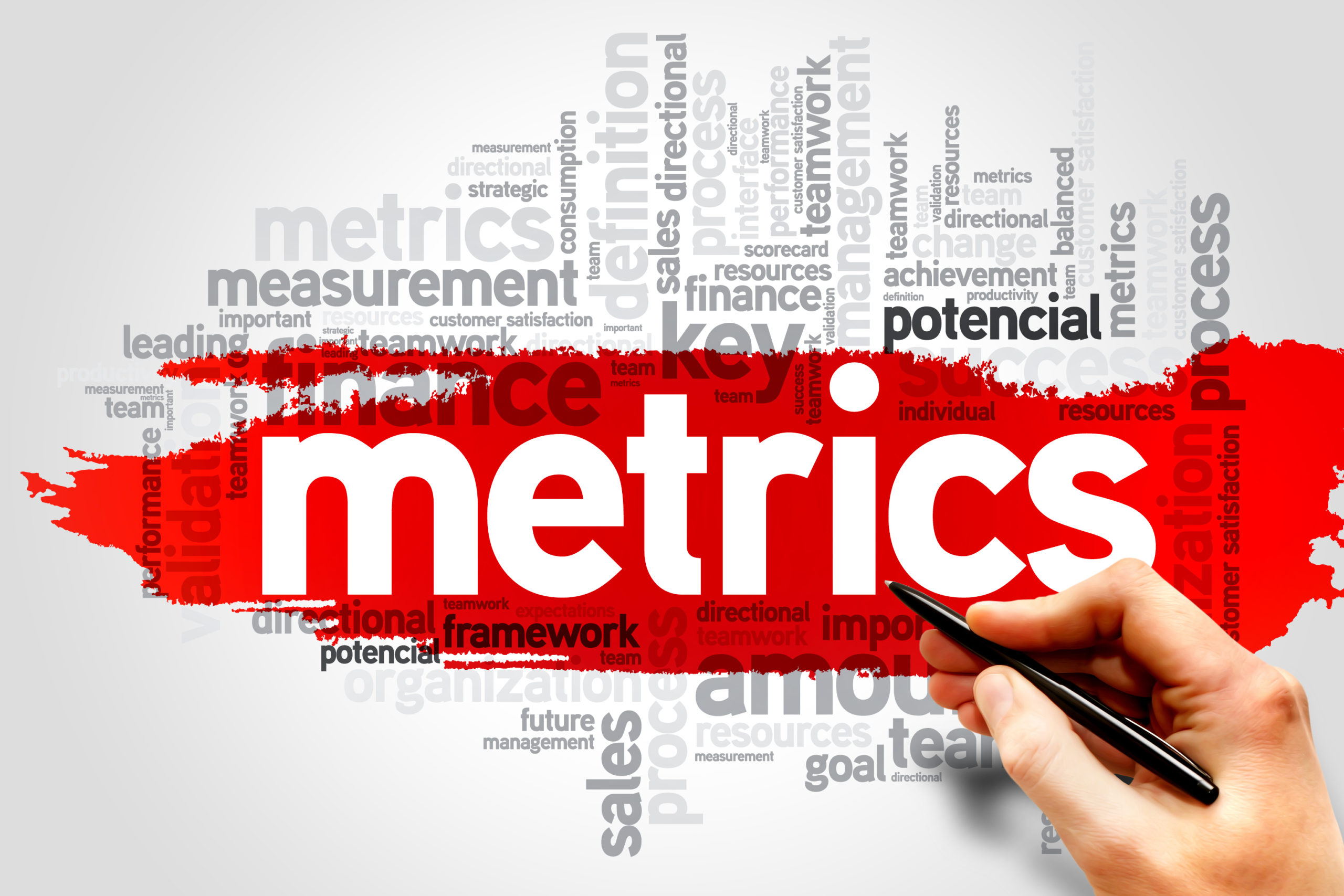by: Brandon Kinsey, Co-Founder Kinsey Management LLC
“In a crisis, metrics suddenly become a rare and precious commodity. Under pressure and faced with greater uncertainty, executives need data to manage risk; without the right metrics, they are forced to make decisions based on incomplete information.”
You can only control what you can measure. Ford Motor Company is a great example: when the company decided to make their strategic goal, “Quality is job one,” they translated their performance into Six Sigma performance standards.
Metrics are designed to elicit specific behaviors; these behaviors are in turn expected to contribute to the execution of your strategy. When metrics are selected thoughtfully, they will indeed support your strategy, but ill-chosen metrics, selected without thought for unintended consequences, will derail it: a dramatic example is Wells Fargo, where relentless focus on cross-selling performance ultimately led field employees to open 3.5 million accounts without customer consent.
In 2020, the pandemic crisis brought to the forefront the importance of relevant dashboards. When everything goes well, executives can live with ill-fitted metrics, because they know their business intimately and can supplement incomplete or inadequate data by their own experience.
Dashboards become more unwieldy over time because it is easy to add new measures as the business expands, but most executives feel uncomfortable removing metrics – so they just add up, like sediment layers. Dashboards become too complex to be useful, and most metrics are ignored.
In a crisis, metrics suddenly become a rare and precious commodity. Under pressure and faced with greater uncertainty, executives need data to manage risk; without the right metrics, they are forced to make decisions based on incomplete information.
We use a solution called Line-of-SightSM to measure our clients’ execution capabilities. Line-of-SightSM assesses execution vulnerabilities in 5 areas: strategic understanding, leadership, activities and structure, human capital, and of course, balanced metrics.
“In 2020, the effect of the pandemic became strikingly clear when we assessed our clients’ vulnerabilities: in nearly all our initial execution assessments, metrics were the weakest execution factor. It turns out that our clients rapidly and effectively pivoted their strategy, but metrics lagged behind that pivot, leaving executives to pilot their companies partially blind.”
In 2020, the effect of the pandemic became strikingly clear when we assessed our clients’ vulnerabilities: in nearly all our initial execution assessments, metrics were the weakest execution factor. It turns out that our clients rapidly and effectively pivoted their strategy, but metrics lagged behind that pivot, leaving executives to pilot their companies partially blind.
As we help clients enhance their execution capabilities in 2021, metrics are on the top of the list. Improvements include simplifying dashboards to focus on the most critical aspect of the business strategy, stress-testing metrics to make sure they provide leading vs. lagging insight into performance, and making them prominent and easy to access, so that metrics drive the right behaviors for execution.


